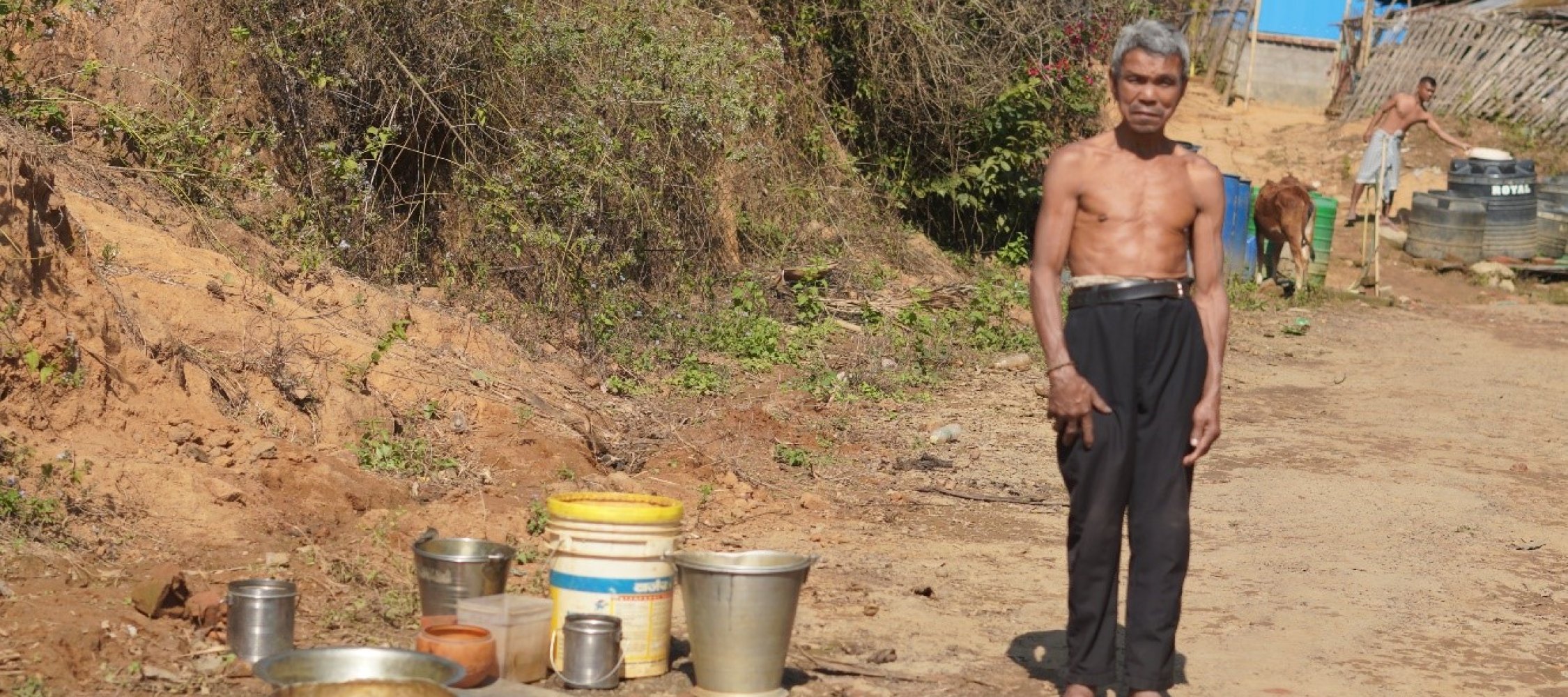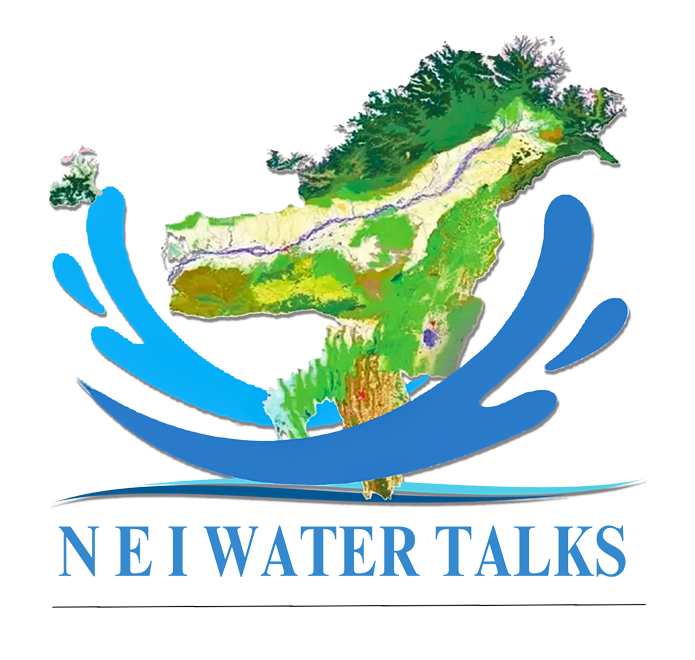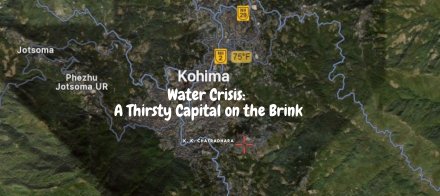 |
Introduction
Have you ever wondered that one day some oddly attired people with peculiar orange waistbands and yellow helmet would wander around your village? A village located in the hilly uplands – an area that is mostly covered by forest with several trees and normally people avoid entering. However, these people without telling you about the purpose of their visit, began blasting the forest areas, clearing off the trees and drilling the land of your village. Because of such activities, the only water body i.e., a small river of your village on which you and your villagers have been depending for drinking water, bathing, and fishing has been severely affected and it has been contaminated now. When you questioned them why they have destroyed the only water source you have. In response to your queries, they assured you that their actions and activities are for good reasons and promised to provide you with a better and more affordable water source so you wouldn’t even need to travel down the valleys to fetch water. Because you lived in a hilly upland, it was challenging for you to descend and retrieve drinking water. Anyone would be happy to hear such an offer. However, the question is, if the water from the alternate source would be as clean and high-quality enough to be drinkable for human beings.
As they promised to provide you with a water source, they have prepared an alternative water for you and your villagers. However, the water contained massive iron and was unfit for human consumption. Although they have been constructing a water supply nearer to your homes, it took them more than a year to offer you a permanent substitute water supply. Ironically, not a drop of water fell from a newly installed alternative source. More sadly, after their extraction work in your village ended, they made the decision to leave. When they did, they did so without giving your condition any thought, leaving you in a terrible state of water insecurity. Now, how would you respond to water insecurity? What other source of drinking water would you use? You can no longer obtain water from the location where you used to do so because it is unsafe to drink.

This is the story of the indigenous Tiprasa communities living in the hilly uplands of Tripura, where water insecurity has been exacerbated by extractive corporations searching for natural resources or extracting hydrocarbons, which has led to harmful water bodies. Of all the natural resources, water is the most valuable and significant to the hill tribes in Tripura. For the indigenous Tiprasa communities, water is more than just a resource; in contrast to how water is typically thought of as a commodity, the tribals revere it and feel a spiritual connection to it. Nevertheless, the hill tribe continues to struggle with a lack of water. The indigenous Tiprasa communities living in the hilly uplands are facing a severe water crisis because of resource extraction projects. However, the indigenous Tiprasa communities’ struggle with water insecurity has remained unheard of in Tripura.
Drilling Operation in the Hill of Tripura
Natural resource extraction or drilling operation, which is commonly known as extractivist or extractivism, refers to the large-scale extraction of non-renewable natural resources from the rich-resource places. In Tripura, the state-owned extractive industry has operated expanding with more gas extraction sites. This state is known to have rich pockets of natural gas in the hill areas. It first found a natural gas field in 1975 in Hathai Kotor Hill Range. Over the years, 10 more gas fields have been discovered by extractive corporations. These include Gojalia (in 1982), Manikyanagar (Rokhia, in 1983), Konaban (in 1986), Agartala Dome (in 1987), Tichna (in 2000), Sonamura, Sundalbari (in 2007), Kunjaban (in 2007), Tulamura (in 2008) and Khubal (in 2009). In 1986, the extractive company started commercial gas production. Natural gas found in Tripura is supplied to domestic, commercial, and industrial consumers. However, many times, resource extraction projects have had a harmful impact on the people, from where such extraction process is carried out. A recent large-scale drive of resource extraction projects has brought a negative impact on the water bodies encountered by the indigenous Tiprasa communities in their villages.
Dibwr Kami (village) is one such village where such extraction drilling has recently started in Tripura. However, sadly, not many are aware of it and no intervention to prevent such activities. For example, I (first author) have lived almost adjacent to the village for the most time of my life without ever realizing that there exists a place named Diyari Kami which we will be referring to this village in this story. Dibwr Kami is a typical Tipra indigenous tribal village situated adjacent to Hathai Kotor - a hill range, which has a distance of about 8.5 km from Agartala – the capital city in West Tripura and resided by approximately thirty (30) families whose occupation is mainly Huk (Jhum) cultivation. The village is picturesque and blessed with the flora and fauna that the rich biodiversity of the Hathai Kotor hills provides. However, from the outside, you may sense it is just another underdeveloped and poor interior Tiprasa village away from the town. The irony is that recently the village’s rice natural resource has attracted the attention of the stated-owned extractive industries in Tripura.
Extractivist-led Water Crisis
As the extraction operation plunges a Tiprasa village into a severe water crisis, the indigenous Tiprasa communities of Dibwr Kami are now infuriated over hazardous pollution and water insecurity. For example, Bubar - a married lady, whom we referred to as Bai which means sister in Kokborok language, informed us that the water problem in the village has been an issue since her childhood days. Most ladies spend their time carrying water for their homes from down the hill far away, from wherever the available water is. According to her, she felt that because of their illiterate condition, many outsiders took their advantage and exploited their village’s resources. As she said, ‘This is our fate, you wouldn’t find any highly educated ladies here and nor any person who had risen too high in education. Our children here don’t usually attend the school in our village and only in the outside villages you could find a decent school.’ From her lamented experiences of the water crisis, we understand that the water crisis in their village is not a new phenomenon, there has been a water crisis, but now because of the extractivist drilling activities, the water crisis has worsened. They faced extreme water crisis during the winter season. However, although, the Indigenous tribal communities have been facing a water crisis, they have been relying on the available water from sources like rivulets, streams and dug-up mud-well besides rivers. However, a recent resource extraction projects for extensive search for natural resources, the extractive corporations have begun their drilling activities in the hilly uplands where the Indigenous tribal communities are residing, which has intensified the water insecurity.

Contaminated Rivulet
Furthermore, Sampari - a grandmother who has seven members in his family lamented to us about their struggle with Dibwr Kami. She said that most of the villagers shifted from Hachwk (Hills above) as the government clubbed them for better access to basic amenities. She stated that water issue is one perennial problem that they face all-round the year. The supply water pipe that was installed by the government could never pull up the water till the village. Twice the government buried the water pipe to run the water supply but not even a drop of water came. This depicted that the indigenous communities of Tripura, who are residing in the rural and hilly areas, have long struggled with water scarcity. However, at least they have relied solely on the rivers and other water bodies like rivulets and springs or dug-up mud wells besides rivers or streams that are available as a source of drinking water in their village. However, because of the resource extraction projects, their only water source has also been contaminated.

Threatened Aquatic life
The only water body in the village has been severely harmed by effluent pollution caused by the drilling sites’ release of chemicals, oil and other waste during the discharge procedures. For example, Kakchuk bemoaned us, ‘The only stream in our village became contaminated/polluted and it became impossible for us to get access to clean water because the mud from the levelling of the land during the drilling process spilt down the valley and the water stream got filled up with loose mud.’ Other villagers also share similar experiences, they said ‘the extractive company have thrown the chemical waste towards the river, due to that our only source of water where we bathe and fetch water for drinking and used it for household purposes and other agricultural activities.’ This situation has led to the effluent pollution that has also harmfully affected the aquatic life. According to the villagers, there are several dead fishes, crabs, frogs, and other aquatic creatures that have been found on and around the stream. These aquatic species were the source of sustenance for the Indigenous communities. They are currently solely relying on rainwater or have to travel a distance of almost one hour to get water from a neighbouring village because of the water crisis in the village.

Non-Functional Sponsored Water
In the beginning phase of drilling, when the villagers saw the workers of the extractive company dig out each side of the street to install water pipes, they blocked the streets and protested it. In response to the villagers’ protests, the extractive company assured them that they would be giving a tube well. But the extractive company after polluting the villager’s only drinking water, the extractive company are not respecting the demand for a high-water tank or any other alternative water source. It is insisting only on a ground water pipe ignoring the severity of the ensuing water crisis.
Therefore, the extractive industry has come under a serious backfire after the drilling operation went awry in the village and as per the promises to solve the water issues, the extractive corporations did not do anything, and they kept delaying it. It was only when the villagers agitated again by blocking the road since a submitted memorandum of understanding (MoU) had not been fulfilled, that the corporations some tidbits of steps to put the situation under control. In the MoU, one of the important demands of the villagers is clean water availability. However, as per the villagers, the extractive companies did promise to provide them water, but the extractive have been delaying their work and the installation of unreliable underground water pipes won’t suffice the villagers’ day-to-day needs until a big water tank is installed.

Looking at the pressure from the villagers, the extractive corporations temporarily the water is installed but the supplied water contains a high amount of iron contamination which is dangerous for human consumption and usage, villagers lamented. Villagers further stated that all promises and agreements by the extractive company saying, “we will do this” and we will do that” were all false promises till now. More ironically, successfully, the water pipelines and tube wells were installed, but there was not a single drop till today. This happened, as the drilling and extraction process stopped, the supplied waster also stopped and now just like other non-functional tube wells, the newly installed tube wells remain broken.
The Great Negligence
Today, just like Dibwr Kami other indigenous villages suffer from administrative negligence. You could see the water tap installed but it must have been months since any officials came to inspect if it’s functioning. The road to the village remains a dusty path with disappeared black toppings where a tin sheet is used as retaining near a particular ditch. The local primary school bears a deserted look while the Anganwadi centre looks almost as un-functional. The elders could be seen in their houses with passive demeanours bearing their illnesses.
Visiting this village and seeing it up front is an eye-opener to the never-ending plight of the Indigenous Tiprasa people of Tripura. One could live 32.4 from the capital of Tripura but when there is systemic discrimination against and biased development; not a walkable road, electricity, education and importantly an ounce of potable water will reach your village.
Dibwr Kami has been in the periphery of government focus for a long time and now is water insecurity. While it can take time for every problem to be solved. We could suggest solutions that can be a baby step to a more sustainable future ahead. These include: - 1) Spreading awareness to the Dibwr Kami villagers about the extractivism and its effects 2) Forming a consensus in the local governance to be a responsible guardian to address the local problems 3) TTAADC which is the Autonomous District Council can come into tax extractive industry and use it to develop areas such as Dibwr Kami 4) The local bodies and pressure groups should inform ONGC regularly about their Corporate Social Responsibility.
Note: The name of the extractive industry, village, and respondents are kept anonymous.
About the Story Writers
- B Motom Debbarma – is a student and Independent Journalist of Homchang based in the Northeast Indian state of Tripura. He writes at Homchang on various issues pertaining to Tripura. Email Id: mbgorge@gmail.com Contact- +91 8787333963.
- Thomas Malsom – aspires to research and document/write in the areas of Water issues, Community Development, Tribal/Indigenous Studies, Policies, and Forest/Environmental Governance. His research works have been published in various journals and books. He can be reached at: mcthomashlutie@gmail.com Contact: + 91 9862492971


